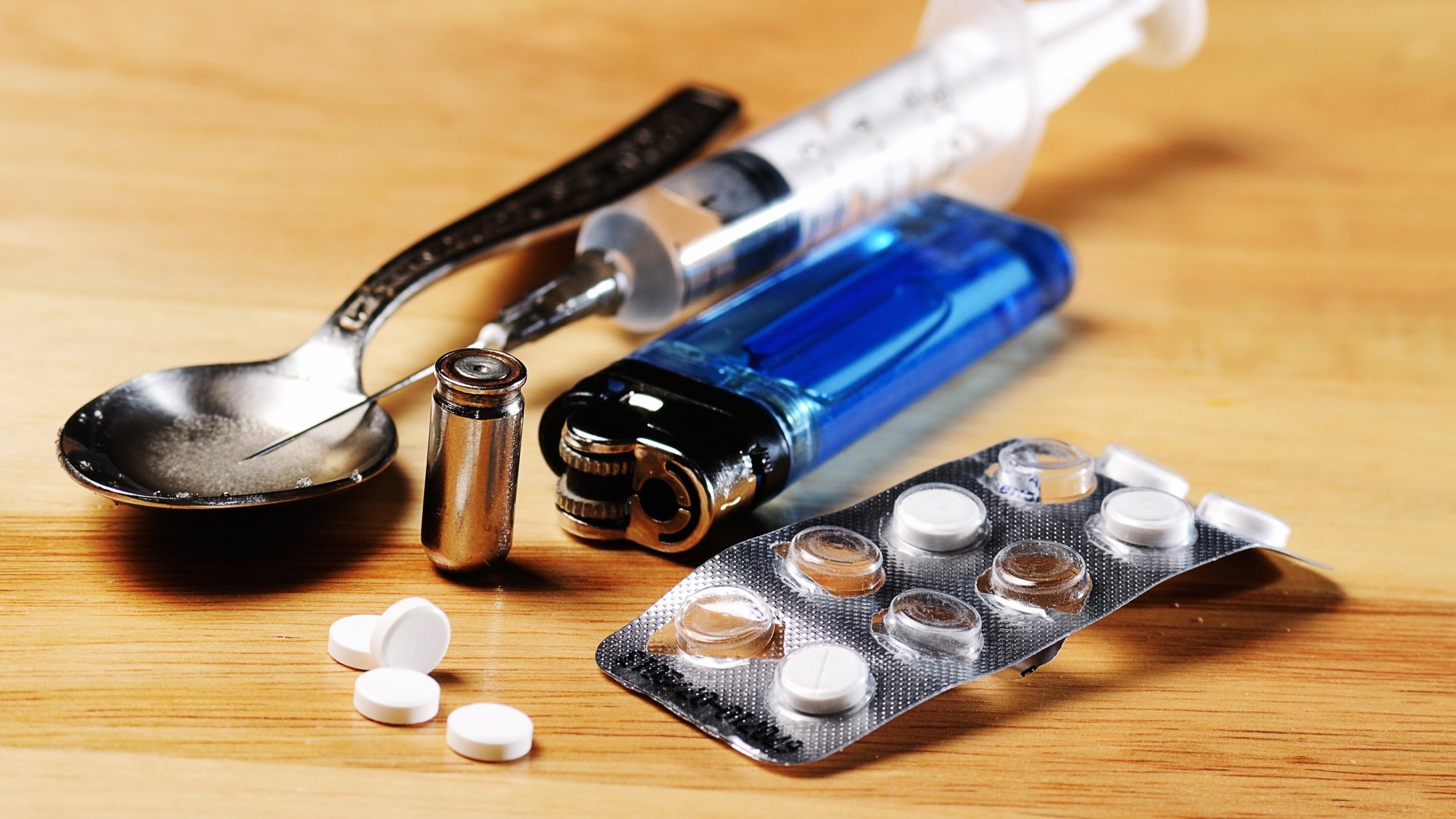
Methadone Abuse Guide: Signs, Symptoms & Treatment
Methadone is an opioid drug that is dispensed through opioid treatment programs (OTPs) to treat dependence and addiction. It takes a special certification to dispense methadone, and this is given by the Substance Abuse and Mental Health Services Administration (SAMHSA).
Methadone Specifics
Methadone can be given in a wafer, pill, or liquid form to be taken once a day to manage opioid dependence. Brand names for methadone include Dolophine and Methadose.
As a long-acting opioid, methadone can remain active in the bloodstream for a day or two. Methadone also has pain-relieving properties, but the analgesic effects wear off after about four hours to eight hours. The U.S. Department of Health and Human Services (HHS) reports that in 2017, almost 11.5 million Americans misused a prescription opioid drug. These medications are powerful, and when misused, they can create a euphoric and mellow high that is extremely addictive.
Most opioids of abuse, like heroin and the majority of opioid prescription painkillers, are fast-acting and don’t stay active in the system for more than a couple of hours at a time. Methadone is different, and its long half-life makes it a beneficial tool for the medical management of opioid dependence. It can be used during detox as a substitute for other shorter-acting opioids and as a maintenance medication in recovery. Since methadone can keep opioid receptors active in the brain, it works to minimize drug cravings and difficult withdrawal symptoms that can be significant side effects of opioid dependence and addiction.
Methadone can be dispensed less often than other opioids and in lower doses, which can be a helpful part of an opioid addiction treatment program. The dosage can be slowly lowered over time to allow the body to process opioids out in a controlled manner. This gradual reduction can help to minimize withdrawal symptoms and episodes of relapse.
Methadone is still an opioid drug, however, which means that it can be misused. The drug should be dispensed through an opioid addiction treatment program where participants can be closely monitored. This ensures the drug is being used properly to minimize potential risks and side effects.
What Abuse Looks Like
According to the National Survey on Drug Use and Health (NSDUH), more than 200,000 people in the United States misused methadone in 2016.
Symptoms of Addiction
Since methadone acts on the levels of dopamine in the brain, which helps to regulate moods and feelings of pleasure, dopamine levels can drop during withdrawal. This can lead to intense drug cravings and trouble with feeling happy without methadone. It can then become hard to stop taking it, and drug use can become compulsive.
Addiction is considered a brain disease. One of its main indicators is a loss of control over the ability to decide how often, how much, and for how long the drug is taken. Individuals struggling with addiction may not mean to take as much methadone as they do, but often they are unable to stop once they start. Someone battling addiction may want to stop taking the drug, and may even make several attempts to do so, but they are unable to do so on their own.
Addiction can have a way of taking over a person’s life, and methadone users in active addiction will likely spend a lot of time and energy thinking about methadone, using it, trying to find ways to get it again, and then recovering from its effects. Because of the sole focus on the drug, other areas of life suffer, including relationships, work, and finances.
Sleep patterns and eating habits are often irregular as a result of methadone abuse, and personal hygiene may suffer. Weight can fluctuate drastically. Overall, a person battling methadone addiction doesn’t look good physically, and the individual also will struggle emotionally.
When a person struggles with addiction, they will continue to take the drug even when they know it’s going to have negative consequences. They will often use in situations that can be physically dangerous. Addiction can make it difficult for a person to think clearly and make logical decisions.
Getting Help for Abuse and Addiction
A specialized addiction treatment program is the optimal way to manage opioid addiction. As an opioid, methadone should be weaned out of the body safely. Medical detox programs will set up a controlled taper that will lower the dosage of methadone slowly over time to avoid cravings and withdrawal symptoms. Methadone can be used during opioid detox, or it can be substituted with buprenorphine, another long-acting opioid that is only a partial agonist and, therefore, has a lower potential for misuse.
In medical detox, the structured environment and around-the-clock medical monitoring can ensure safety and security while methadone processes out of the body. Medications for specific symptoms of withdrawal can be helpful to manage insomnia, pain, stomach upset, central nervous system hyperactivity, and mood swings.
Detox is the beginning of recovery, but it’s not enough on its own. Therapeutic, supportive, and medical treatments should follow to minimize relapse and encourage healthy recovery. Behavioral therapies, group, and individual therapy sessions, and support groups are all integral parts of a complete addiction treatment program.
Adjunctive methods, such as mindfulness meditation, massage therapy, chiropractic care, simultaneous treatment for co-occurring disorders, creative expression therapies, and yoga, can also be beneficial components of a treatment program. Peer support groups like Narcotic Anonymous (NA) can provide encouragement, mentorship, and tips to minimize relapse and sustain abstinence. Addiction treatment is individual, and treatment coordinators can help families and individuals find the right program for them.